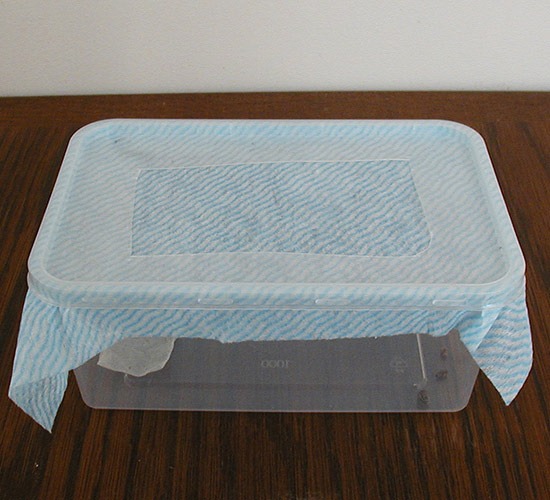Rearing Mealworms
If you have attended one of our amazing insect incursions, chances are you have received your very own live mealworm to care for. Read the instructions below to learn everything you need to know to care for your new pet. If you haven’t received a mealworm from us but would like one, you can find them in a variety of pet stores and aquariums.
What is a mealworm?
Mealworms are not really worms, but the juvenile stage of a small brown beetle (whose scientific name is Tenebrio molitor). Mealworms are very low maintenance, inexpensive to feed and demonstrate an amazing lifecycle (known as complete metamorphosis) similar to that of a butterfly.
Mealworm Accommodation
- The vial you have been given contains a mealworm and a small amount of bran (this is what it eats). There is enough air in the vial to keep your mealworm alive for several days, however, it needs to be set up in a larger container so that it has room to grow and develop. Transfer the contents of the vial (including the bran) into a deeper container. It is best to use a container that is wider than it is tall, such as a plastic takeaway food container. Cut a large hole in the lid, cover with a piece of fine mesh (such as fish net, fly screen or a chux cleaning cloth) and then replace the lid. This will ensure adequate ventilation, which is very important for the mealworm.
- The empty vial can then be used for collecting and viewing insects. Keep your mealworm at room temperature, out of direct sunlight. If you notice condensation forming on the sides of the container, you need to provide more ventilation.

© Mount Glorious Biological Centre
Mealworm Food
- Your mealworm has enough food in the vial to last it for a few days, but it will need to be set up with some extra food as soon as you can. Your mealworm will live in and feed on unprocessed wheat bran or oat bran. You can usually find this in the cereal or health food isle at major supermarkets, at health food stores, or at some produce agencies. Wheat or oat bran is best, but if you can’t find it you can instead try uncooked rolled oats (the old-fashioned unprocessed kind, not the quick-oats or instant oats). Add the bran/oats to your container until it is around 1/3 full.
- This should be more than enough food for your mealworm to complete its development in. For moisture and an extra source of nourishment, place a 4cm piece of carrot or a thin slice (around 2cm) of apple in the container.
- Be sure not to add more, or it can make the container too moist and mould will form. Replace every 2 or 3 days, otherwise it may become mouldy. If you notice condensation forming on the sides of the container, you are putting in too much fruit/vegetables.
Mealworm Lifecycle
- The lifecycle of a mealworm consists of four stages – an egg, a grub or larva (what you have received) a pupa (similar to the chrysalis of a butterfly) and the adult beetle. The amount of time the insect spends in each stage depends largely on the temperature – the lifecycle takes a lot longer in cold weather than it does in the warmer months.
- The mealworm grub will shed its skin many times as it grows, before it turns into a pale mummy-like pupa. It will remain in this resting stage (where it does not feed or move much) for 1-3 weeks, before emerging as an adult beetle.
- At certain times throughout its life, your mealworm will shed its skin (much like a snake) in order to grow larger. A mealworm that has recently shed its skin will appear white or much paler than usual. Avoid handling your mealworm at this time as it will be delicate and vulnerable to injury until its new skin hardens and darkens to its usual colour.
- Any Problems? There is a lot of information on rearing mealworms and more about their interesting lifecycle available online.
- Has your mealworm been misplaced, thrown out or squashed by another family member? Containers of mealworms can be purchased from many pet stores and aquariums.
Mealworm Handling
Mealworms are completely harmless and can be handled. However, try and keep the handling to a minimum (only once or twice a week). Over handling your mealworm will disrupt its feeding and expose it to germs and bacteria from your hands (which could make it sick).

